5 Big Archaeology Stories to Watch for in 2017
Digging up the past
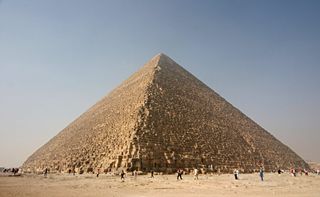
Archaeologists will continue to dig up the past in 2017. But what can we expect them to uncover? Four out of the five predictionsthat Live Science made at the end of 2015 about major discoveries in 2016 came true. Read on to see whose bones and which major artifacts are most likely to be revealed in the year ahead.
Iraq heritage emerges from ashes
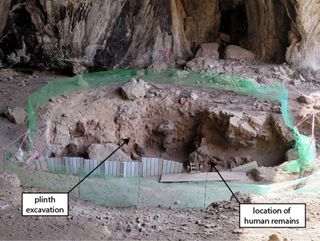
An Iraqi-Kurdish army is in the process of retaking Mosul, the last major city held in Iraq by the Islamic State group (also known as ISIS, ISIL or Daesh). In addition to killing and displacing hundreds of thousands of people, the terrorists embarked on a campaign of looting and destruction of archaeological sites. However, although the destruction was terrible, it did not annihilate everything.
When a Kurdish force retook Khorsabad, a former capital of the ancient Assyrians, they found numerous fragments of inscriptions and statues that had been brought to an archaeological center for repair and conservation. Similarly, archaeologists and historians will study, and at least partially repair, fragments of inscriptions and art that survived at Nimrud.
Additionally, with the war over, archaeological teams likely will be able to return to more areas of Iraq and begin the process of conserving and excavating sites. Although the artifacts that ISIS looted to fund their war effort are now scattered all over the world, in time, they could gradually be discovered and returned to museums in Iraq and Syria where archaeologists and historians can conserve, study and display them properly. A court case is currently underway in which the United States government is seeking permission from a federal court to seize several artifacts which an ISIS leader was selling.
Great Pyramid chambers?
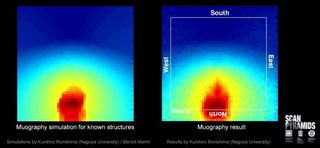
In October 2016, researchers with the ScanPyramids project announcedthat they had found two voids inside the Great Pyramid, a 4,500-year-old pyramid built for the pharaoh Khufu that was hailed as a "wonder of the world." The news was greeted with excitement; however, a scientific team overseeing the project cautioned that the voids in the team's data also could have appeared because the pyramid's interior was constructed of stones of various sizes.
The ScanPyramids project was extended by one year. That will allow time to produce more data that could answer the question of whether these voids are real and, if so, how large they are and whether they might contain anything. Even if the voids do not exist, the data may provide clues as to how the Great Pyramid was constructed.
Dead Sea Scrolls
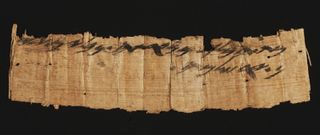
The Israel Antiquities Authority thinks more ancient scrolls remain to be found in the Judean Desert and that looters have already found some of them. The authority has announced a series of surveys, excavations and law-enforcement operations to find them this year.
The Dead Sea Scrolls were discovered in 1946 or 1947 by Bedouins in caves near the site of Qumran. Between 1947 and 1956, thousands of scroll fragments making up about 900 manuscripts were uncovered by archaeologists and Bedouins who sold the scrolls. Smaller batches of scrolls have been found at other sites in the Judean Desert since that time.
There are indications, however, that more undiscovered scrolls remain to be found in the Judean Desert. In October, Live Science reported on 25 new Dead Sea Scroll fragments that had been described in two books. They were purchased on the antiquities market, and scholars think that although some are forgeries, others might be from caves that looters discovered. Since 2002, about 70 fragments of Dead Sea Scrolls have appeared on the antiquities market, and that number is growing. Also in October, an anti-looting unit intercepted a 2,600-year-old papyrus fragment that was about to be sold (although there is a debate over whether it is authentic).
Abydos discoveries
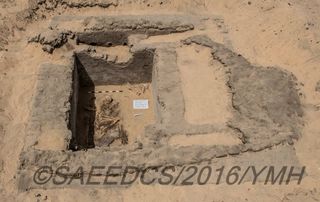
Two big discoveries from Abydos in Egypt were announced in 2016. In October, a team led by Josef Wegner, a curator at the Penn Museum at the University of Pennsylvania, announced the discovery of a 3,800-year-old tableau that shows more than 120 ancient Egyptian boats. The tableau was found in a structure located near the tomb of pharaoh Senwosret III.
Just a few weeks later, an Egyptian team announced the discovery of a 5,000-year-old city at Abydos. The city has a necropolis (cemetery) next to it that contains 15 graves.
Archaeologists will resume excavations this year, and more new discoveries are likely to be made as a sizable amount of the site is unexcavated, the researchers noted.
Biblical artifacts revealed
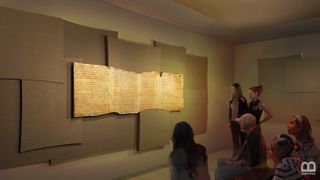
In the fall of 2017, a 430,000-square-foot (40,000 square meters) museum called the Museum of the Bible will open just three blocks south of the U.S. Capitol in Washington, D.C. The museum will house the "Green Collection," made up of about 40,000 artifacts donated by Steve Green, president of the Hobby Lobby chain of arts and crafts stores. The artifacts have some connection to the Bible and include about a dozen Dead Sea Scrolls that were published recently.
Green purchased his first artifact in 2009 and grew his collection rapidly. Much of his collection has never been studied by scholars. There are rumors that the collection includes a fragment of the Gospel of Mark that some scholars believe dates to the first century A.D., a date that would make it the oldest copy of a Christian Gospel known to exist. The Museum of the Bible has not confirmed or denied that this text is part of the Green Collection.
When this museum, with its vast collection, is open to the public in 2017, much will be revealed. Also, as scholars analyze the collection, many new discoveries will be made, they predict. Some of the artifacts will turn out to be modern-day forgeries, experts told Live Science.
Sign up for the Live Science daily newsletter now
Get the world’s most fascinating discoveries delivered straight to your inbox.

Owen Jarus is a regular contributor to Live Science who writes about archaeology and humans' past. He has also written for The Independent (UK), The Canadian Press (CP) and The Associated Press (AP), among others. Owen has a bachelor of arts degree from the University of Toronto and a journalism degree from Ryerson University.